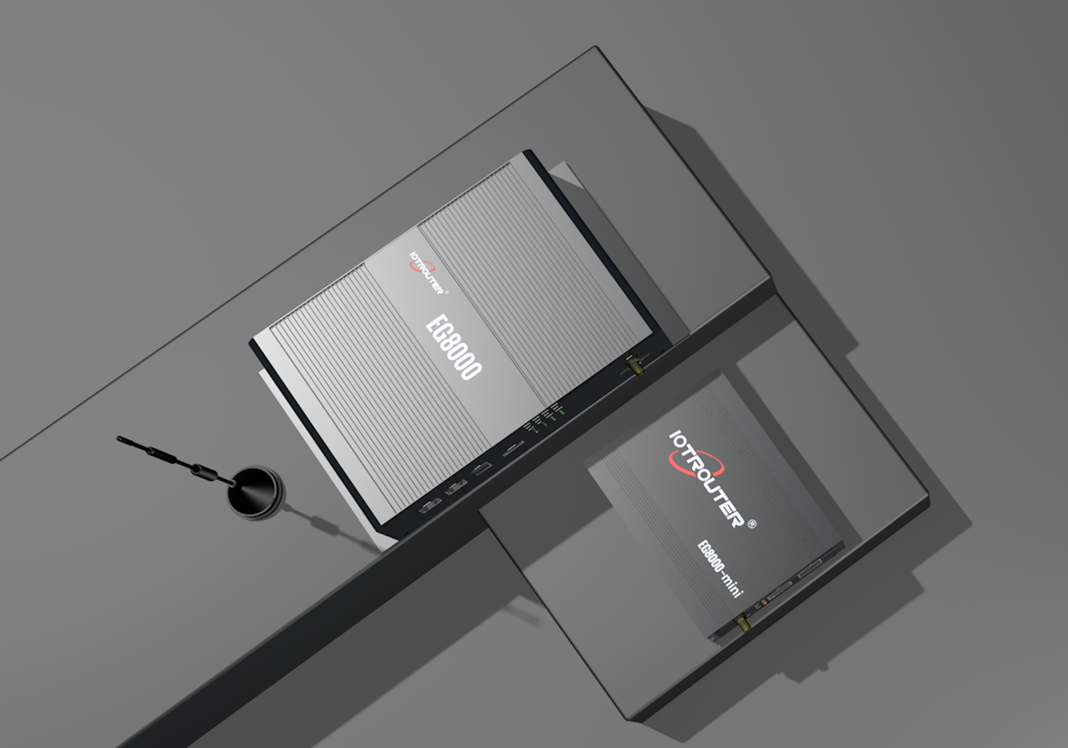With the rapid development and popularization of IoT technology, more and more devices and sensors are widely used in various fields, such as smart homes, industrial automation, smart cities, etc. However, the massive data generated by these devices and sensors requires real-time processing and analysis, and the traditional cloud computing model may cause slow response times, reduced data security and other issues due to network delays, bandwidth limitations and other issues. At this time, edge computing technology emerged as the times require, and edge computing gateways, as an important part of it, play a vital role.

1. Functions of edge computing gateway
The edge computing gateway is a bridge connecting devices and the cloud. It is mainly used to process and analyze data from different sources and send the processed data to the cloud or other devices. It has the following main functions:
Data collection and processing: Edge computing gateways can collect data from various devices and sensors and process and analyze it locally. This reduces data transmission and processing delays and improves response speed.
Security protection: Edge computing gateways can encrypt and decrypt data locally and protect devices and data through firewalls and other security mechanisms.
Network optimization: Edge computing gateways can filter, compress, and optimize data to reduce network transmission and bandwidth usage, and improve network performance and efficiency.
Resource management: Edge computing gateways can monitor and manage local devices and resources, coordinate and optimize the use and allocation of resources, and improve system performance and reliability.
2. Application of edge computing gateway
Edge computing gateways can be applied in various fields, such as:
Smart home: Edge computing gateways can be used to control smart home devices, such as temperature sensors, lighting systems, door locks, etc., to improve the performance and response speed of smart home systems.
Industrial automation: Edge computing gateways can be used to monitor and control industrial equipment and production lines, such as robots, sensors, control systems, etc., to improve production efficiency and safety.
Smart City: Edge computing gateways can be used to monitor and manage urban facilities and resources, such as street lights, traffic lights, trash cans, etc., to improve the efficiency and quality of urban management and services.
3. Use of edge computing gateway
The use of gateway di edge computing requires following the following steps:
Design and planning: Based on actual needs, select appropriate edge computing gateway hardware and software platforms, and design and plan network topology and data processing processes.
Installation and configuration: Install the edge computing gateway hardware and software platform to the corresponding device, and perform necessary configuration and debugging to ensure that the system can operate normally and connect to the cloud.
Data collection and processing: Collect and process data from various devices and sensors through edge computing gateways, encrypting, filtering, compressing and optimizing as needed to improve the efficiency and reliability of data processing and transmission.
Data transmission and storage: The processed data is transmitted to the cloud or other devices through the edge computing gateway, and stored in the corresponding database or storage device for subsequent analysis and use.
Monitoring and management: Regularly monitor and manage the operating status and performance of edge computing gateways, and perform timely maintenance and upgrades to ensure system stability and reliability.
4. Advantages and challenges of edge computing gateways
Edge computing gateway has the following advantages compared with traditional cloud computing model:
Faster response: Edge computing gateways can perform data processing and analysis locally, reducing delays in data transmission and processing and improving response speed.
Greater data security: Edge computing gateways can encrypt and decrypt data locally and protect devices and data through firewalls and other security mechanisms.
Network transmission is more efficient: Edge computing gateways can filter, compress, and optimize data to reduce network transmission and bandwidth usage, and improve network performance and efficiency.
Stronger scalability: Edge computing gateways can be flexibly expanded and deployed according to actual needs to meet application scenarios of different scales and complexity.
However, the application of edge computing gateways also faces some challenges:
Complexity: Edge computing gateways need to process and manage data from different sources, requiring high complexity and technical requirements.
Security: Edge computing gateways need to ensure the security of devices and data, and also need to respond to various security threats and attacks.
Standardization: The standardization and standardization of edge computing gateways are not perfect enough and need to be further promoted and developed.
In short, edge computing gateway, as an emerging computing model, has been widely used in various fields, such as intelligent manufacturing, intelligent transportation, smart home, medical health, etc. By moving data processing and analysis to edge nodes, edge computing gateways can greatly improve response speed and data security, reduce network transmission and bandwidth occupation, and have high scalability and flexibility. However, the application of edge computing gateways still faces some challenges, and it is necessary to further improve standardization and standardization, improve security and reliability, and strengthen management and maintenance. With the continuous development and advancement of technology, it is believed that edge computing gateways will play an increasingly important role in the future digital world.